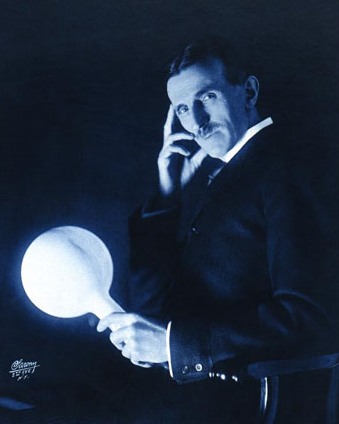Dungeon Solitaire for the Ages

When I first set out to create Dungeon Solitaire, I had in mind to create a kind of classic solitaire game — something that could withstand the test of time. I grew up playing a lot of games. Solitaire and Dungeons & Dragons were around throughout my childhood. In creating Dungeon Solitaire, I can see now I sort of combined what I loved about them both into a single game.

The first few games of Tomb of Four Kings I played were magical. I knew I was onto something, if only for my own enjoyment. Soon I was enjoying the game so much I wanted to share it with others. Since then, it has only gotten bigger and better, and more magical.
As I write this, there is a global pandemic going on. My school job is canceled for now and my martial arts teaching is on hiatus. I’ll be working from home until things get better. I just launched a book and I’ll be working on more writing projects. I’ll be working in my backyard, cooking dinners, and doing what I can to support E. as she works on the front lines of this crisis. Other than that, if I can contribute anything to help the world through this, I will. Maybe playing Dungeon Solitaire will help somebody somewhere pass the time or forget their worries. I hope so. Tomb of Four Kings will always be free and all you need is a deck of ordinary cards to get started.

Going forward, I have plans to release an omnibus rulebook, tarot-sized cards, and some t-shirts in the coming year. I have been trying to get a Dungeon Solitaire phone app off the ground for a couple years now, but circumstances have led to various setbacks. I’ll continue to work at getting it done with the help of one or more partners, and hopefully we’ll see that happen at some point.

Special thanks to Josephe Vandel for suggesting we collaborate, and for creating the incredible art for Labyrinth of Souls and Devil’s Playground. Thanks to everyone who backed these games on Kickstarter for helping Dungeon Solitaire reach its full potential. Thanks again to Elizabeth Engstrom and Christina Lay for making the Labyrinth of Souls fiction project a reality. And thanks to everyone who has supported these games, posted reviews, and spread the word. It’s been wonderful journey, and I am more than happy to keep it going.
I can only hope that more people discover the magic of Dungeon Solitaire. I don’t know how popular it could become … and it’s not that important. What’s important to me is this: many people have found some joy in it, and in my own estimation — admittedly biased — I think the game succeeds as a classic for the ages. I can’t imagine ever really tiring of this game or not being entertained by picking up again, playing a few games, and delving into the depths of the dungeon.








